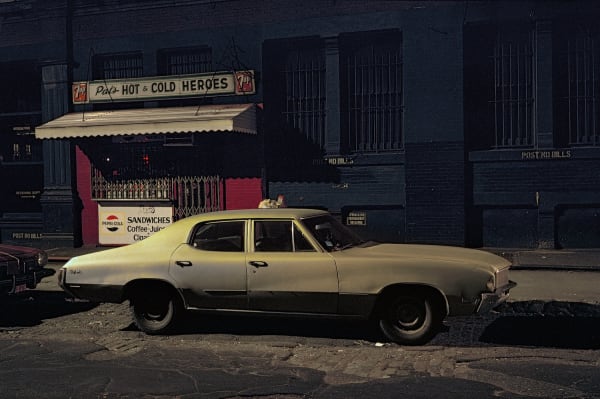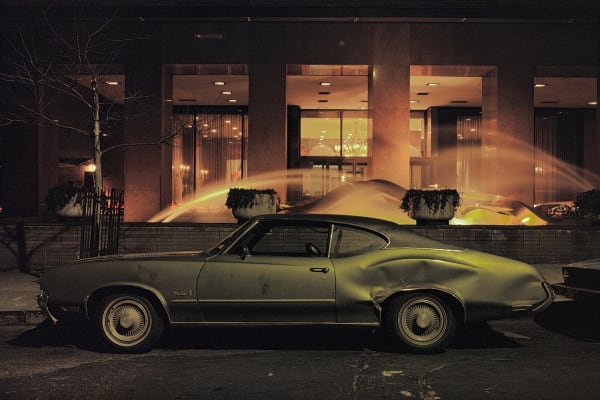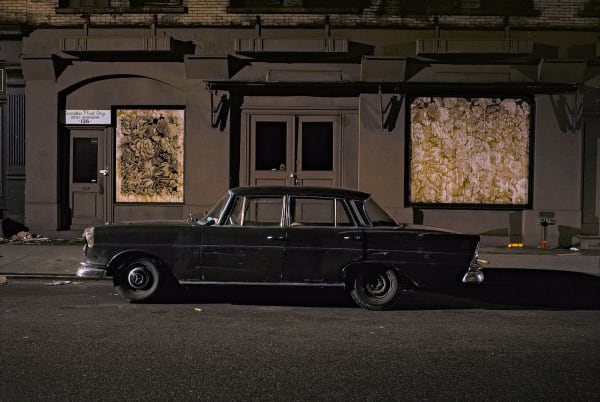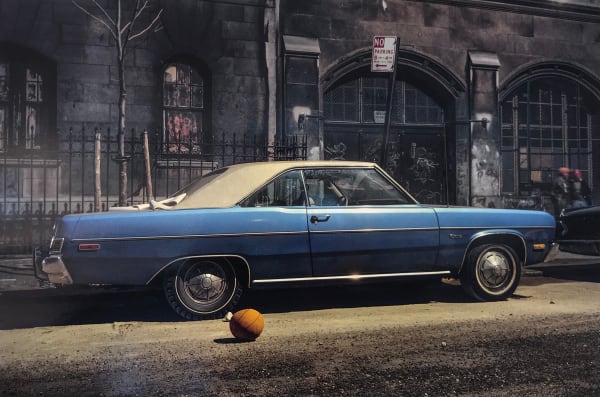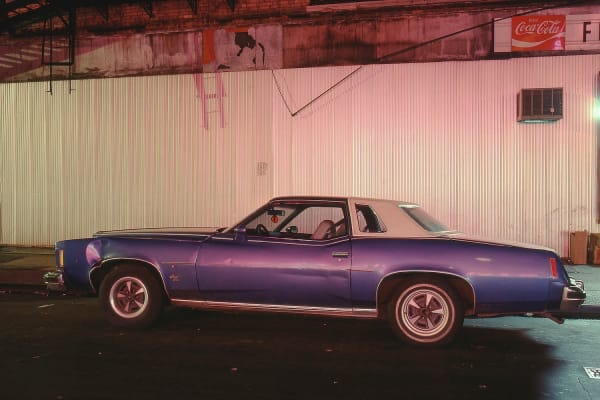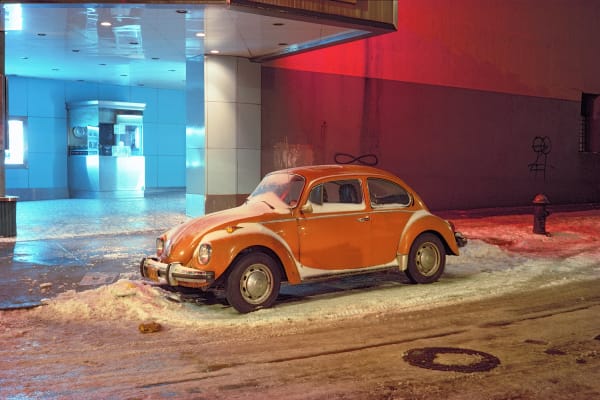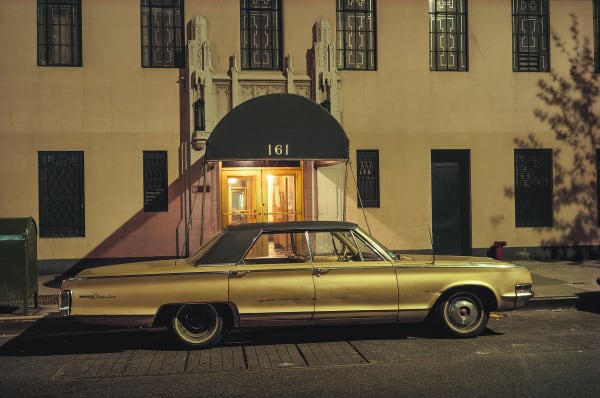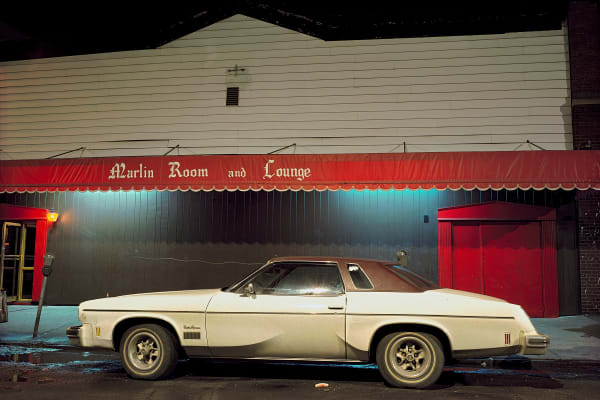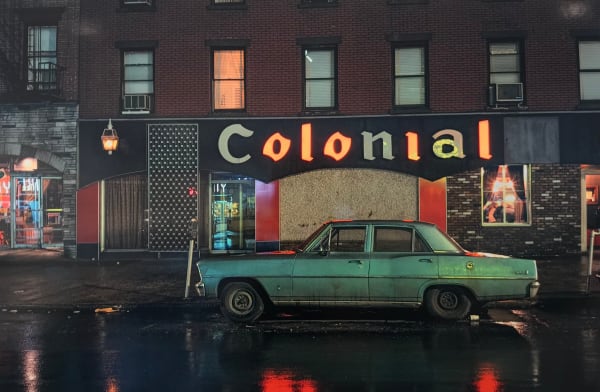Langdon Clay's series, Cars: New York City, 1974-1976, explores an imprunt of the former streets of New York City. When Clay came to the realization that the bold colors of the world around him did not match the black & white film he was shooting, he shifted to color. Clay developed Cars with a big tripod, a Leica, a 40mm lens, Kodachrome film, and two years of roaming. The night developed its inherent color, with one car, and one background. Moved by painters such as Edward Hopper, Clay keeps these images, much like their subjects, classic. Cars showcases now vintage cars simplistically lit and shot straightforward, while still encapsulating the New York City streets as its backgrounds. Yet, against their directness there is much detail for the eyes to wander over and take in, just as Langdon Clay once did on the very streets he captured.
Langdon Clay is a photographer based in Sumner, Mississippi. His work is a testament to classic Americana and has been broadly exhibited at venues including Museum of Modern Art, New York; Polka Galerie, Paris, France; and Museum of Contemporary Art, Atlanta. His editorial work has been featured by the New York Times, Sunday Magazine, Metropolitan Home among others. Clay is in various collections such as the Art Institute of Chicago, IL; J. Paul Getty Museum, LA; Bibliotheque Nationale, Paris, France; and Victoria and Albert Museum, London, UK.

























